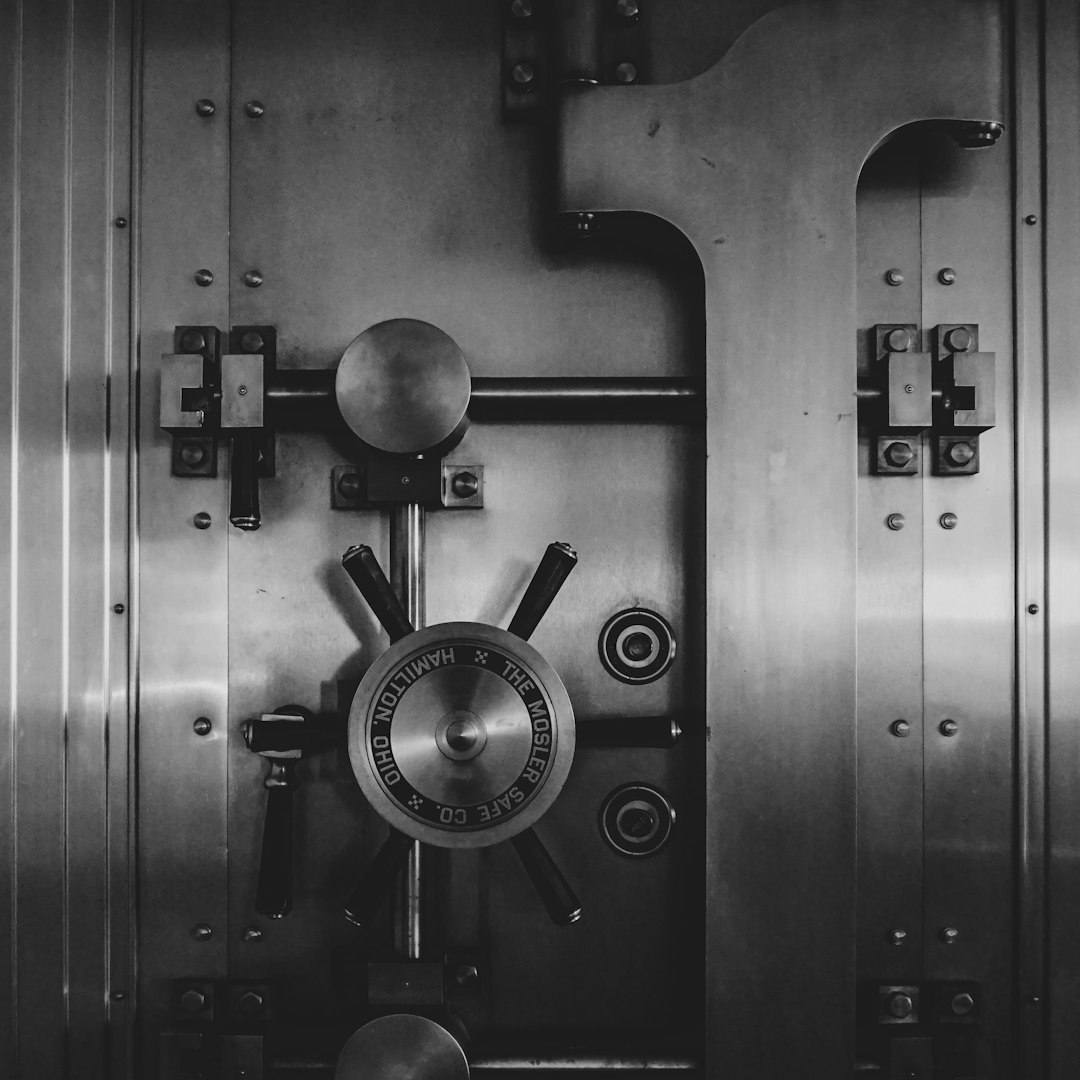
Many people struggle with opioid addiction, and ending their addiction can be an extremely difficult process. One of the major obstacles to quitting opioids is experiencing withdrawal symptoms when you cease using them. In order to overcome opioid addiction, you must go through the process of opioid detoxification. Click here to get even more info on the subject!
When dealing with opioid addiction, obtaining treatment is crucial for sustained rehabilitation. Nevertheless, the process of opioid detoxification may seem intimidating and deter certain people from seeking the necessary assistance. It’s important to understand what to expect during opioid detox and what withdrawal symptoms may arise. Here’s the link to learn more about the awesome product here.
The initial stage in treating opioid addiction usually entails eliminating opioids from your body through the process of opioid detox. Although there are multiple approaches to detoxification, the aim is always to alleviate withdrawal symptoms and prepare the body for subsequent treatment. During detoxification, you may experience several symptoms as your body adjusts to the absence of opioids.
The extent of opioid withdrawal symptoms may vary from mild to severe and can be different for each individual depending on their addiction level. Some of the most common symptoms of opioid withdrawal include muscle aches, sweating, anxiety, insomnia, and diarrhea. Other symptoms may include nausea, vomiting, abdominal cramping, and goosebumps. Just click here and check it out!
If you are in the process of opioid detoxification, it is crucial to comprehend that the withdrawal symptoms will eventually fade away. Although the duration and severity of the symptoms may vary among individuals, they will become less intense and less frequent over time. Having support from loved ones or healthcare professionals during this time is also critical. They can help you manage the symptoms and provide encouragement to keep going.
Apart from managing opioid withdrawal symptoms, it is necessary to address the underlying addiction through ongoing treatment. This can include therapy, medication-assisted treatment, support groups, or a combination of these options. Collaborating with healthcare professionals to determine the most effective treatment plan for your individual requirements and creating a plan for long-term recovery is crucial.
It’s crucial to recognize that trying to detoxify from opioids without professional assistance can be hazardous and possibly fatal. Medical supervision during opioid detox is essential to manage withdrawal symptoms and prevent complications. This might involve the use of medications, such as methadone or buprenorphine, to alleviate withdrawal symptoms and prevent relapse. Moreover, counseling and behavioral therapy can be advantageous in tackling the psychological aspects of addiction and supporting long-term recovery.
To conclude, opioid detoxification is a necessary step in conquering opioid addiction, but it can be accompanied by unpleasant withdrawal symptoms. It is critical to have support during this time and to address the underlying addiction through continued treatment. It is possible to overcome opioid addiction and achieve long-term recovery with the proper support and dedication.